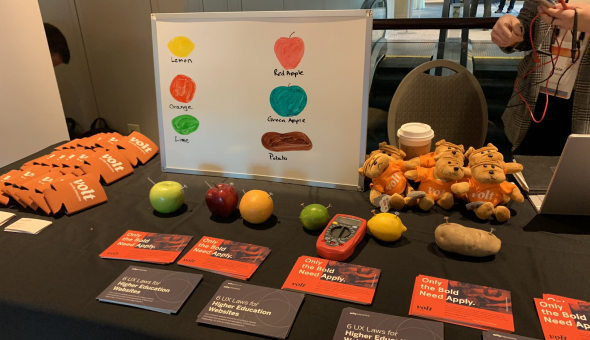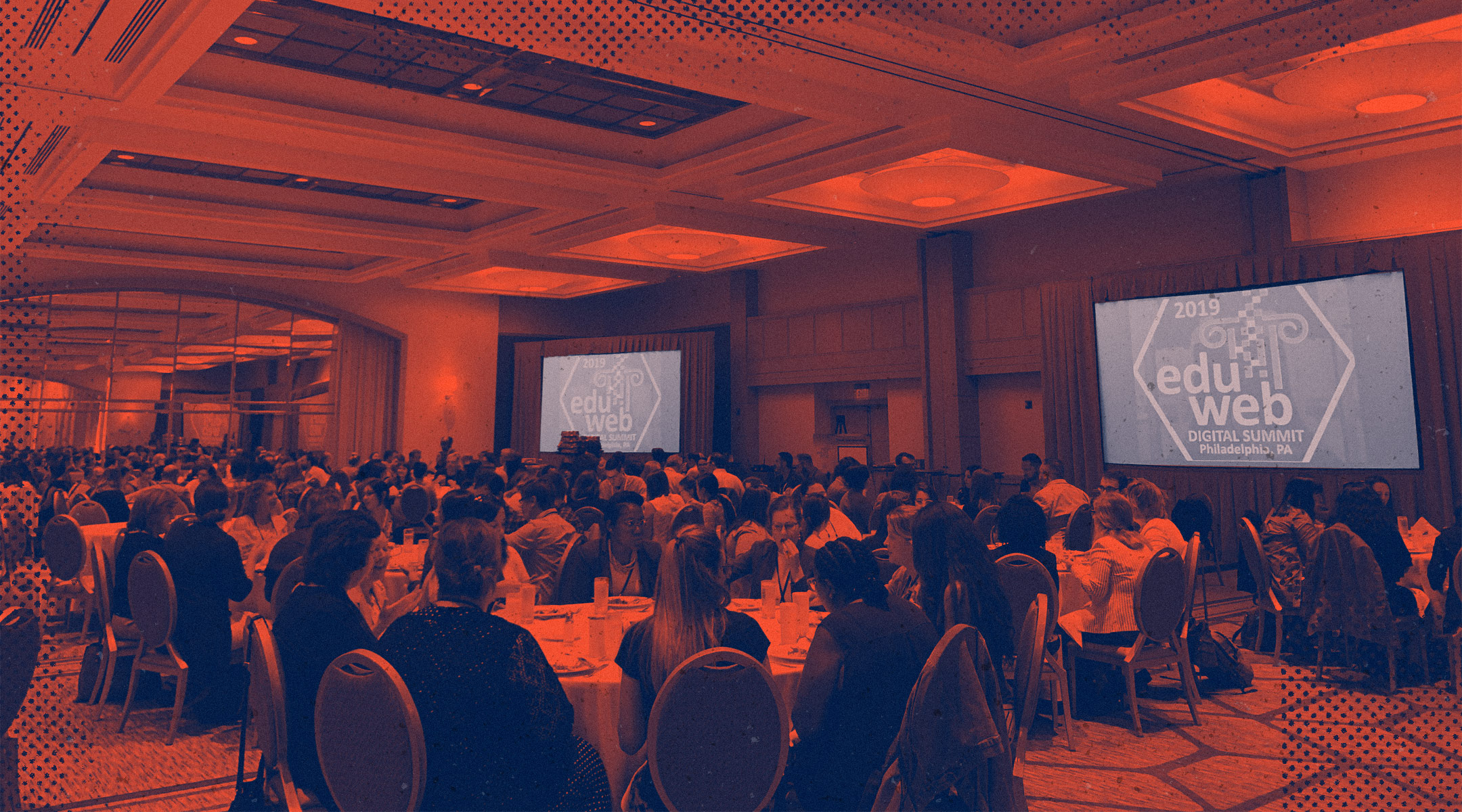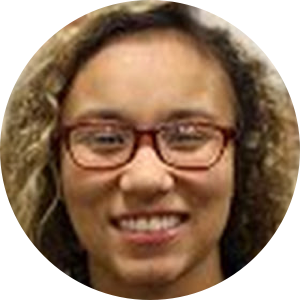TikTok is the Future
TikTok is one of the fastest-growing social platforms, logging the most downloads in the Apple App Store for the first half of 2018 at 104 million.
It’s not a YouTube knockoff and it’s not the new Vine. TikTok is one of the fastest-growing social platforms, logging the most downloads in the Apple App Store for the first half of 2018 at 104 million. TikTok allows users to create 3 to 15-second music and lip-sync videos and 3 to 60-second looping videos to share with their network of followers. With the primary demographic of users being between the ages of 16 and 24, Andrew Cassel, social media content strategist from the University of Alaska Fairbanks, told us it’s imperative that schools add TikTok to their social media toolkits. He provided examples of some of the content users are creating on TikTok and TikTok videos that he has made on behalf of his school.
Web Reigns Supreme
For Gen Z prospective students, websites are still the biggest deal. This was one of the key revelations to come from the general session with Stephanie Geyer of Ruffalo Noel Levitz and Lance Merker of OmniUpdate. In their presentation, the two higher ed experts discussed how this next crop of students interacts with web content and how their behavior differs from previous generations. For example, a study found that Gen Z wants to have important information like tuition costs front and center, and gets turned off by having to dig around for this information. Furthermore, they concluded that current high school juniors and sophomores are also more open to receiving text messages with general information from schools they are interested in.
Who We Met
Jon McBride
He is an eduWeb celebrity. When he wasn’t busy running a workshop on Instagram best practices or winning the 2019 Summit Award for Industry Excellence, Brigham Young University’s social media manager was live-tweeting all of the higher ed happenings and connecting with his peers. Find and follow him on Twitter at @jMcBee84.
Melissa Horvath-Plyman
She’s got a newly minted Ph.D. in Educational Communication and Technology, so it’s safe to say, she knows her stuff. Her presentation on how social media affects college choice specifically focused on minority students and students from other underrepresented backgrounds, giving us a fuller, more diverse picture. Find her on Twitter at @HorvathPlyman.
Key Takeaways
eduWeb 2019 was a blast. We made some great connections and learned how to be even better higher ed marketing practitioners. We are certainly looking forward to next time! If you want to keep up with Volt in the meantime, follow us on Twitter @voltedu.







